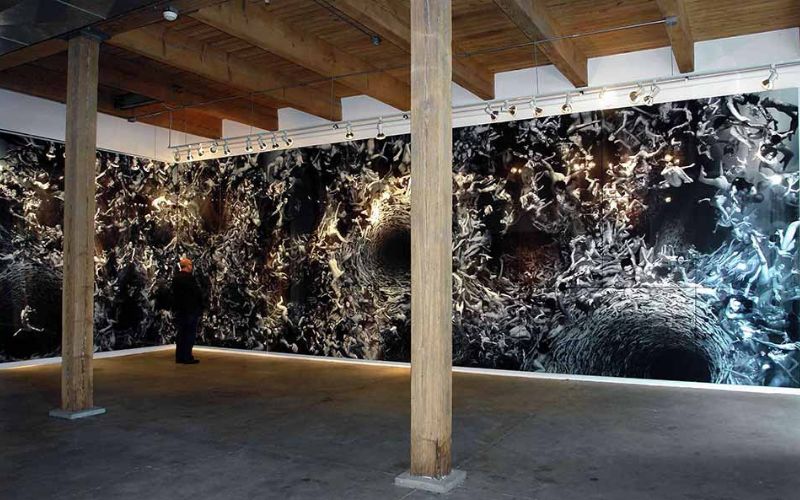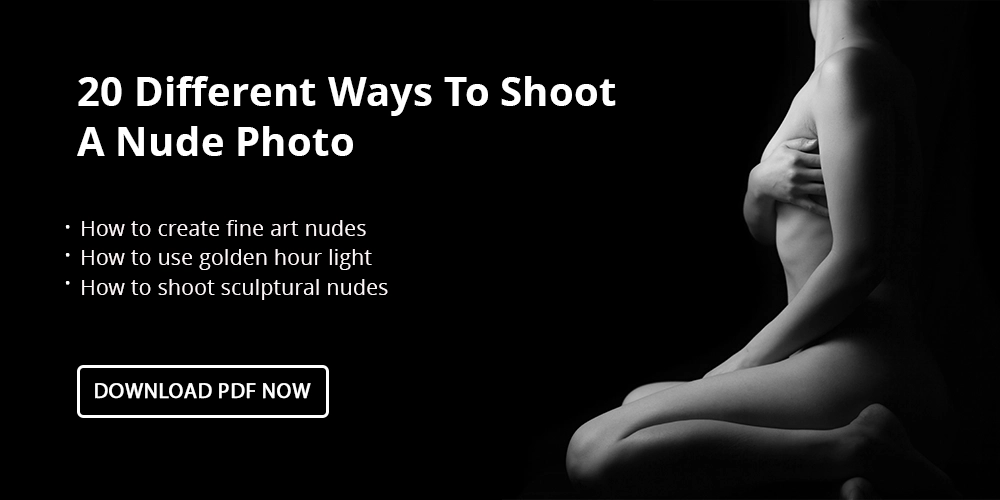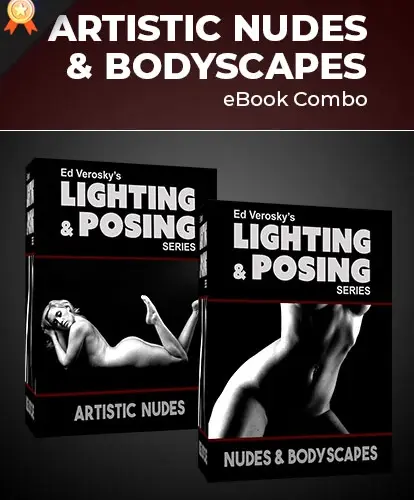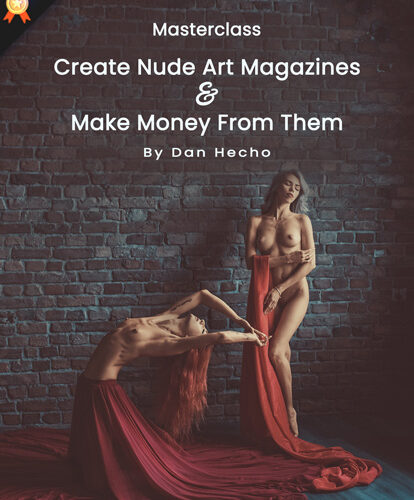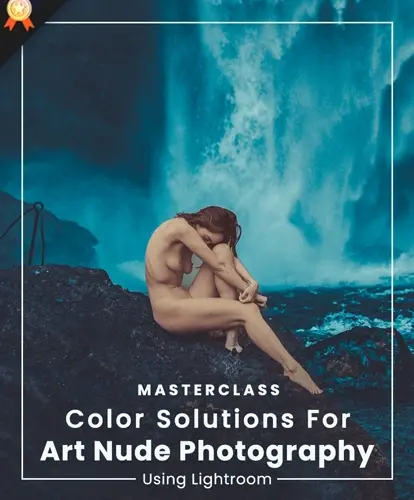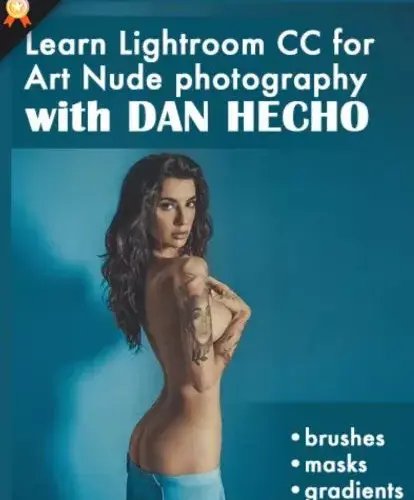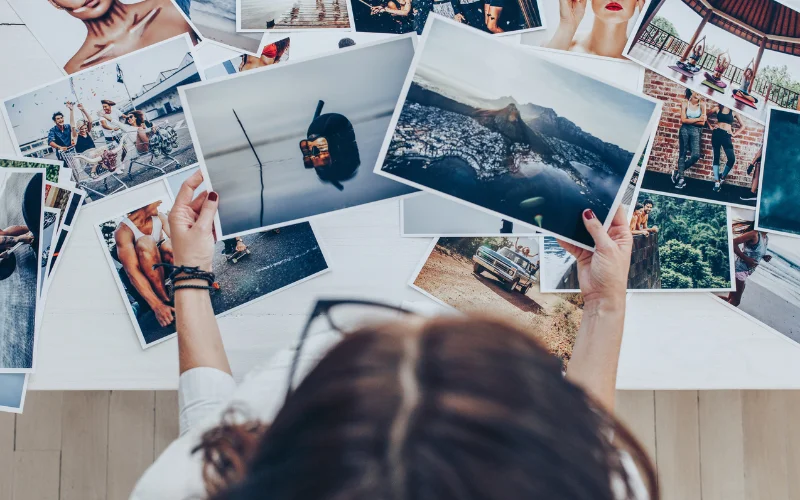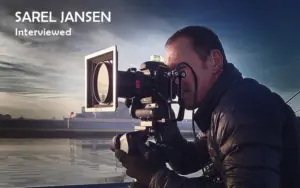There are hundreds of thousands of bodies in that composite above. There are no duplicates. Each model’s image was taken by Italian fine art photographer Angelo Musco, over the course of many shoots and countless hours. You must imagine the complications, the precise dedication to planning, the wrangling of everyone into place. You must imagine the absolute madness of it all.
Musco believes in this power of aggregation. And although chaos is at the heart of what he does, organization and research temper the size and structure of his aggregations. This is evident when you find another face or body that completely changes how you think about the whole. These images are about discovery, of realizing their harmony after studying their patterns (be sure to click on them for a larger view).
If you would like to take part in Angelo’s brilliant projects head over to his model registry or facebook!
In this interview, Musco talks about how his compositions are made, reveals how he conceptualizes his work, and gives honest insight into working with masses upon masses of people.
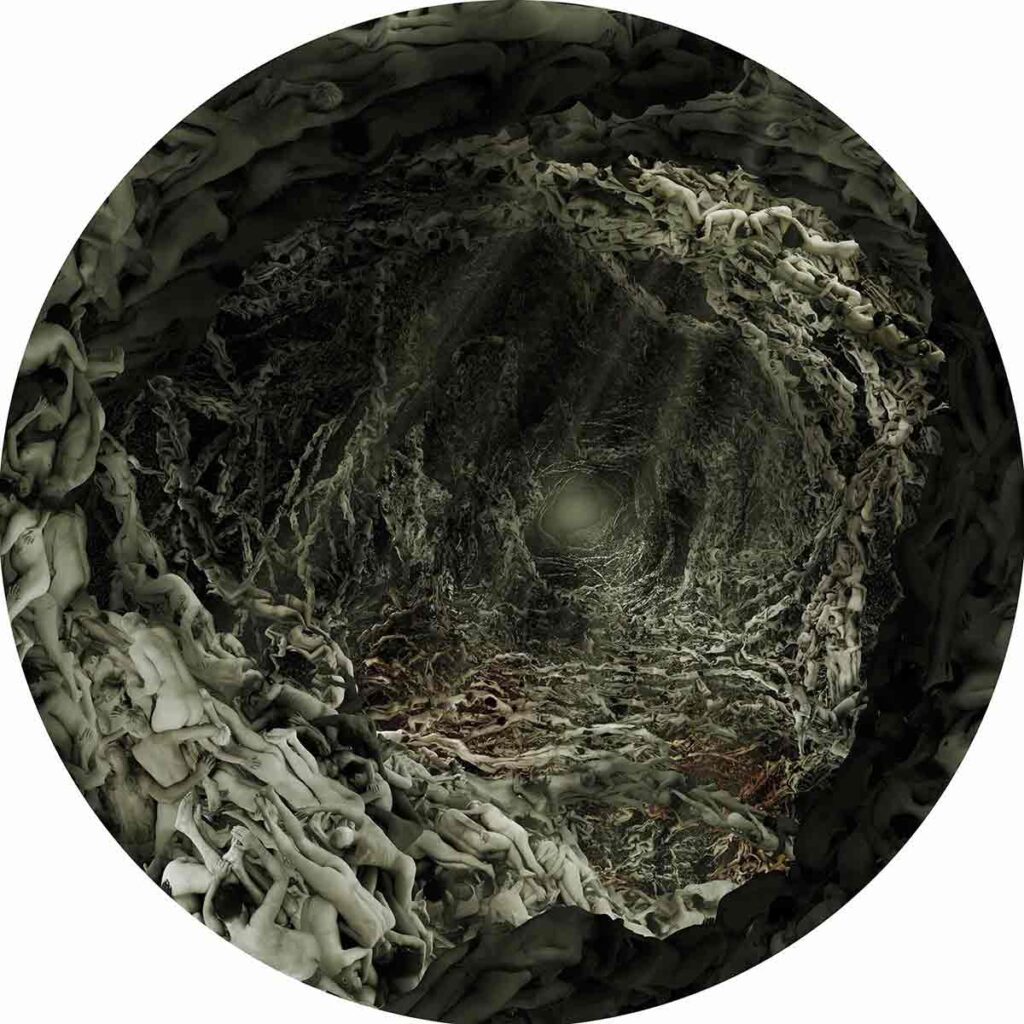
Here’s a trailer to an upcoming documentary about Angelo’s work:
Your composite image projects are one of a kind, unlike anything I’ve seen before. Could you explain how you came up with the idea to use the nude body in this way?
I started using nude bodies more out of necessity as a struggling art student studying in a different country with very limited finances. This was more than twenty years ago, and I would photograph the bodies of friends and colleagues which I could do for free where other materials like paints, metals, fabric would need to be purchased. It evolved from there. My own body was scared at birth so I’m constantly being reminded of that event and the nature of the physical-self has been woven into the language I use to express myself.
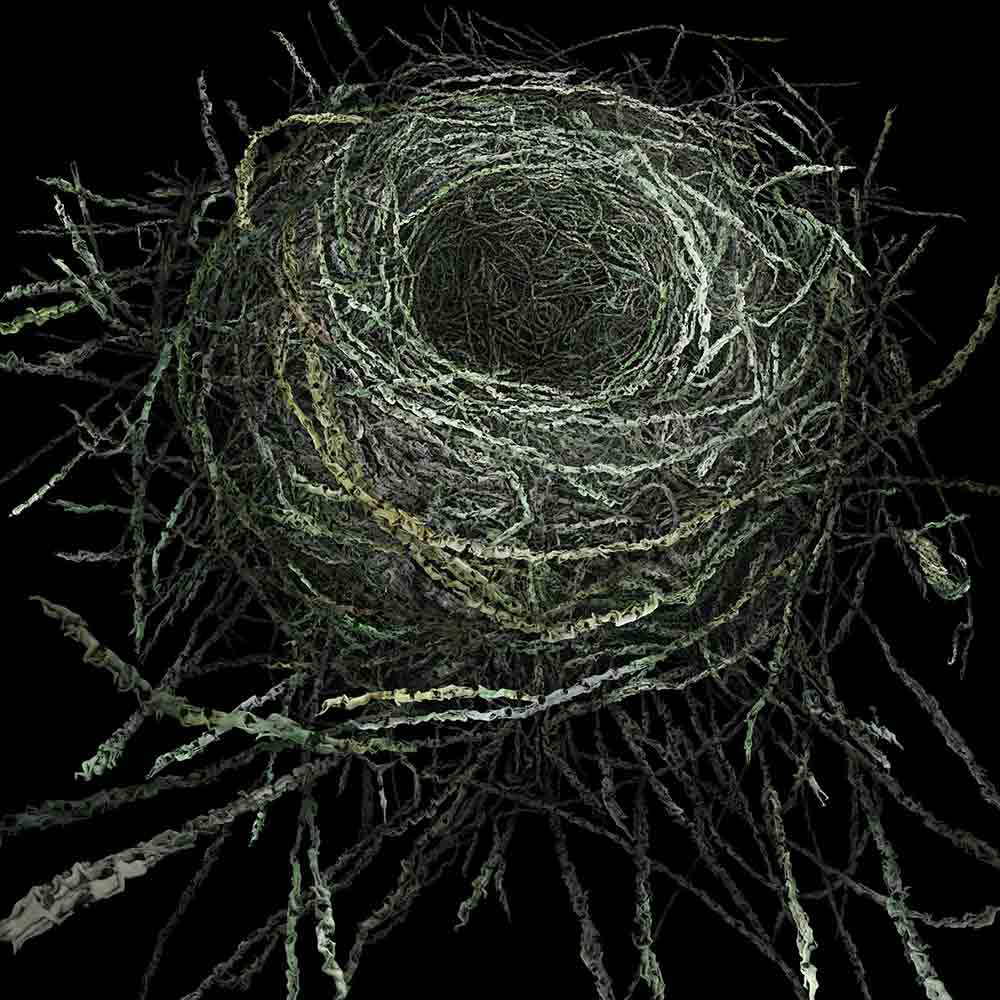
For those who have no idea how you completed these images, could you give a general approximation of your process from idea to final image?
Well, there is an initial inspiration that starts gestating with a great deal of research. Then I build a template or model that is informed by the research and dictates the special needs for a photo shoot. Depending on how complex the image is we may need to organize several photo shoots in order to capture enough images and shapes to realize the final design. After the photo shoot(s) we head into the studio and clean up the images, catalog them and then using the original template we begin construction of the image. I started work on an archive of nude bodies several years ago, which has proven to be a great investment. The bodyscapes and architecture I’m creating today has become more layered and complicated where the final image can be made up of hundreds of thousands of individual bodies.
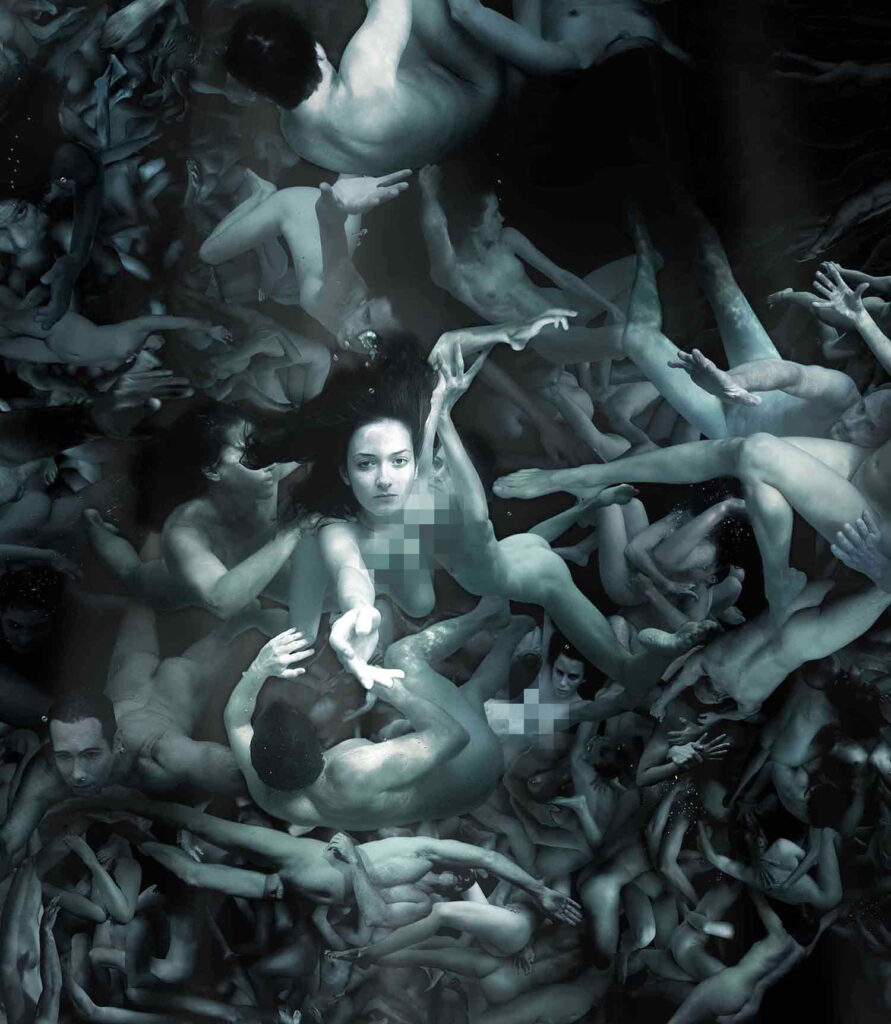
These composite sculptures of the body rely on many sources of mythological symbolism. The first association I gathered was to the river Styx from Greek mythology in the “Tehom” series (above). How important was researching these sources to your work?
There are many layers to the narrative of the Tehom series. Birth and the concept of primordial beginnings are important to my work so I’m constantly looking at the origins of things. Mythology is very informative and then growing up in Naples, Italy has also provided me with rich source material and images. Both of these sources kept inspiring me throughout the nearly two-year process required to bring Tehom into existence.
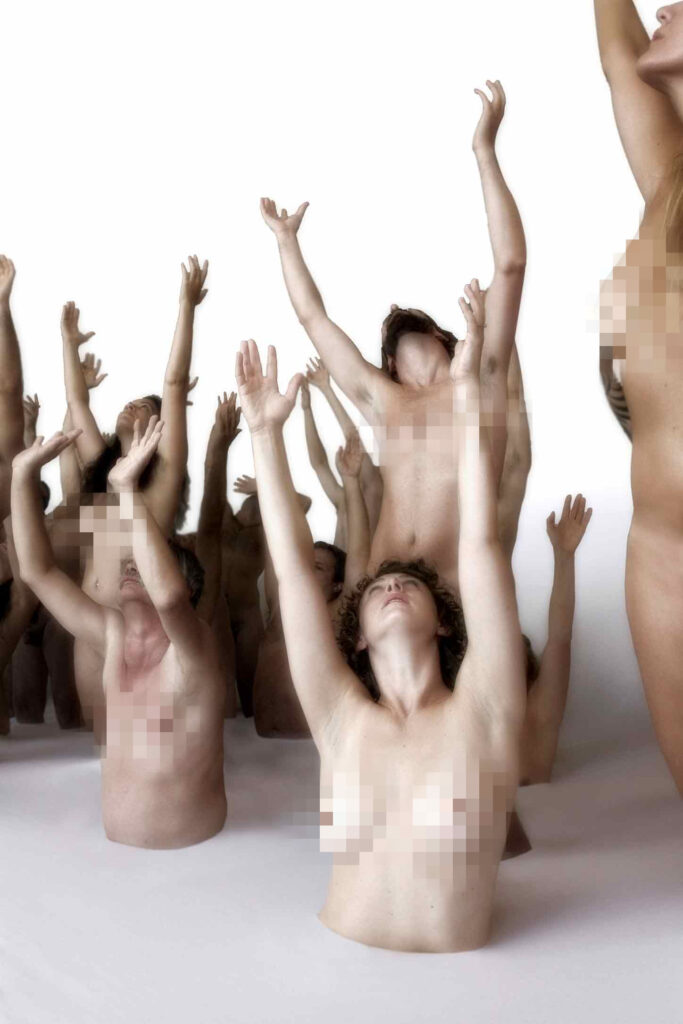
How did you find so many volunteers? Did you audition or was it open to anyone willing to shed some clothes?
The way you word the question makes me want to laugh. The reality is I’m very fortunate that all of the models are volunteers and many enjoy the creative process so much they return and bring friends with them. I celebrate all body shapes and sizes but there are certain sessions where we need to create a level of harmony between the bodies that is ultimately dictated by the very nature of the image that is being built. People who have not done one of my nude photo shoots might not appreciate the level of exertion that takes place over the course of several hours during one of my photo shoots. People have to be able to jump up and down, hold positions, and often support their own weight for an extended period of time depending on the pose. The models are very much a part of the process and while my assistants and I have laid out shapes and images we need to capture, the photo session is very organic and really evolves as a collective effort with everyone contributing how they position themselves, their relationship to the other bodies, and in some cases how the attitude of the work is conveyed.
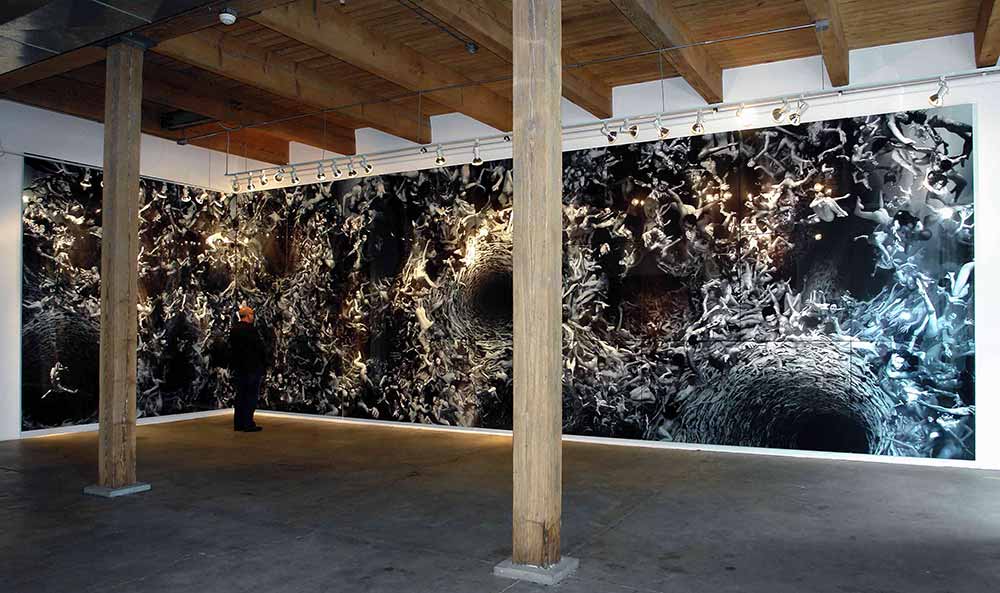
For the sheer size of detail, there must be duplicates of some nudes. Are there any? How did you manage to Photoshop each body into its rightful position?
There aren’t any duplicates of the same image. To be clear the same model will appear more than once in a big piece but not in the exact same position. It is a great deal of work to weave each body into an harmonious position, and the construction requires layer upon layer to make up the final piece.
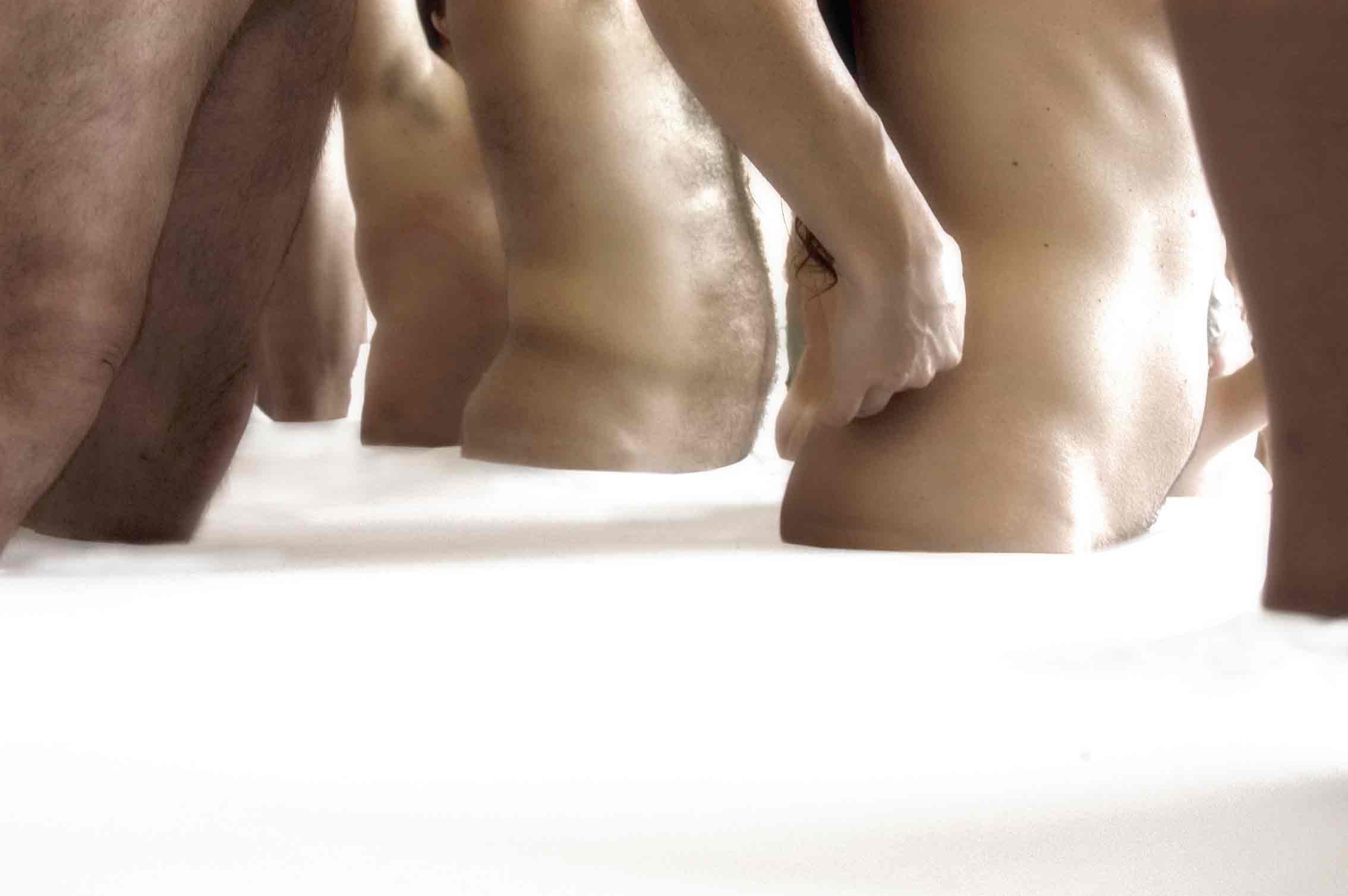
When you were photographing these masses of people, you must have developed a method of organizing everyone’s time. What lessons would you share to other fine art photographers who may want to work with many people at once?
It takes a great deal of work to pull together a nude photo shoot with 50 -100 people, so you do want to make the most of everyone’s time. Within the studio space we’ll divide into multiple work areas and then float people in and out of different group shots and also break them off into individual and small group shots. Our aim is to walk out of the shoot with enough images for the archive to give us all the material to complete the next work. I think another key is making sure all the models feel engaged and appreciated, so they remain focused on the job at hand. It is easy to get distracted and then start to feel tired, but we start the shoot with an explanation or overview of the work to get everyone on the same page, and then we pace the shoot and keep things moving with a few short breaks; and I believe under these circumstances everyone delivers the most usable material.
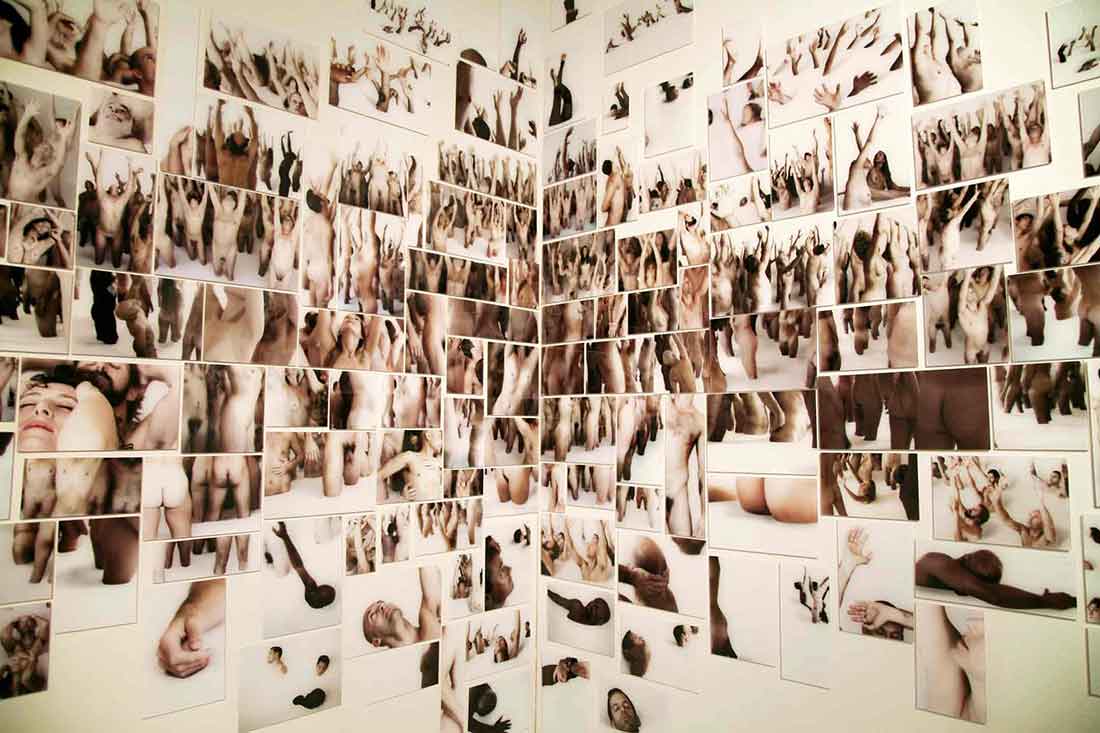
I really like “Lactis”(above). It seems like the inverse of facebook’s network of photographs. These are the connections and body images no one wants to share. What was your aim with this project?
I’m so pleased that you looked at earlier work. Lactis is focused on the body with the concept of nutrition in the form of milk at its root. Nutrition is a common theme in my work and in this instance it is as if the milk has been sprayed on the wall. While the structure of Lactis may seem random and fluid there is a logical progression between each of the panel pieces. At that time I was experimenting with the concept of building images with a mosaic technique that was a necessary phase in order to create the larger installations I’ve been making starting with Hadal and then Tehom. Hadal is made up of 155 panels in 3 different sizes and is 11 feet height by 24 feet long. Tehom is made up of panels in two sizes and runs 12’ by 46’.
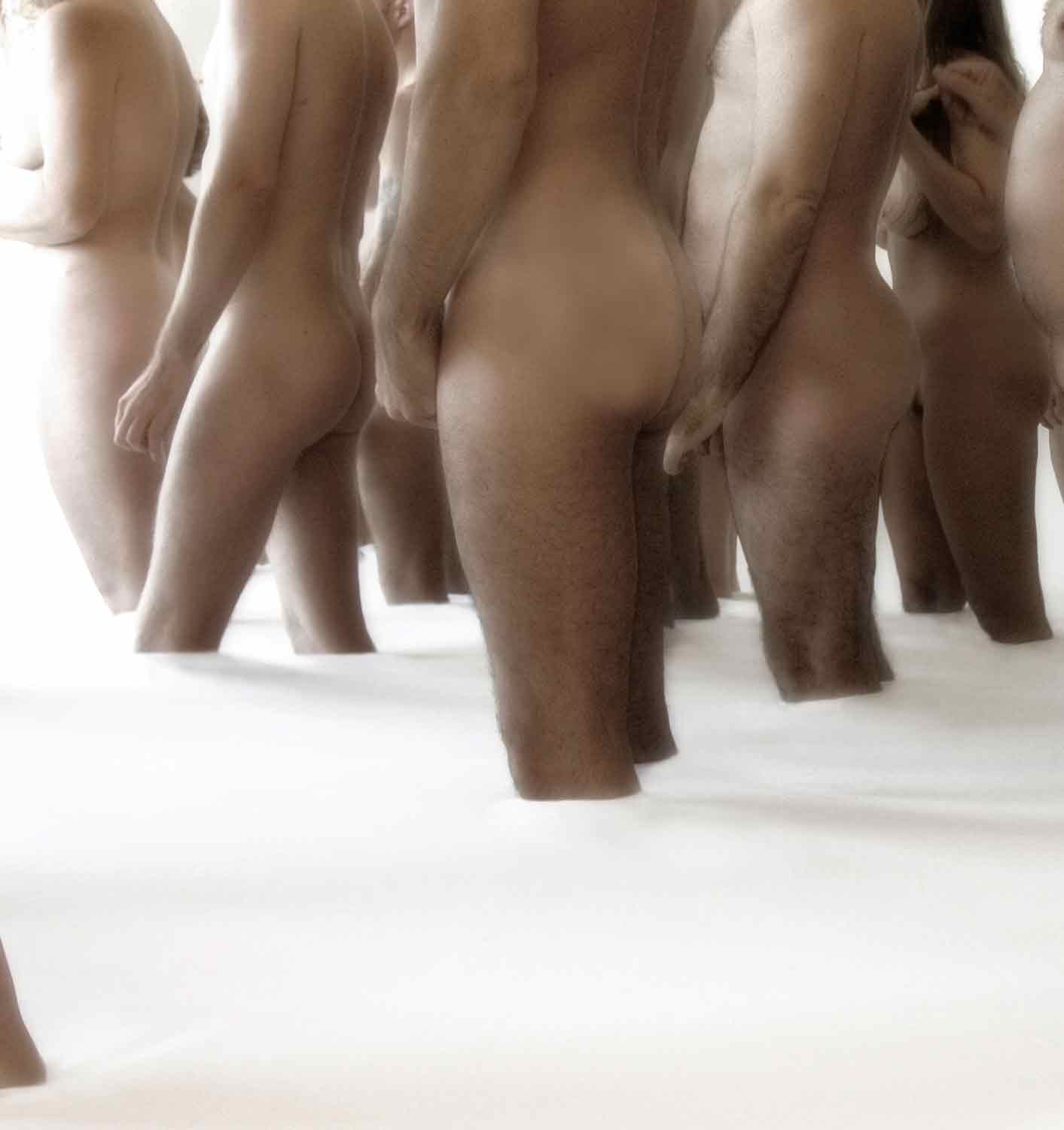
Your photographs take much power from the aggregation of people featured within. What advice could you give to other fine art photographers about learning to find their visual voice?
The power of aggregation is really at the heart of what I’m creating and requires that I engage large groups of people in order to create my art. This fundamentally might not work for many people who gravitate towards a more solitary process. I suppose listening, experimenting and constantly pushing yourself to honestly communicate is one way to get clarity and focus in finding one’s visual voice. There is always that balancing act necessary when taking input from outside sources, mentors, and those who inspire you while staying true to what you want to create or one’s own vision. I’m trying to avoid talking in clichés but put in the work and you’ll find the visual voice.
Be sure to study all of Angelo’s work on his website, twitter, and facebook!
